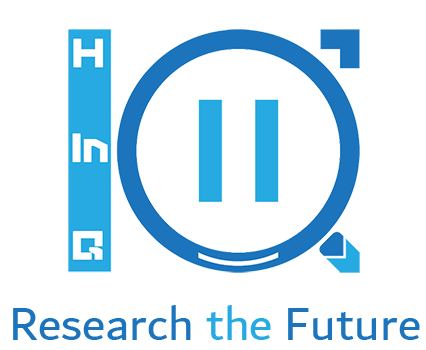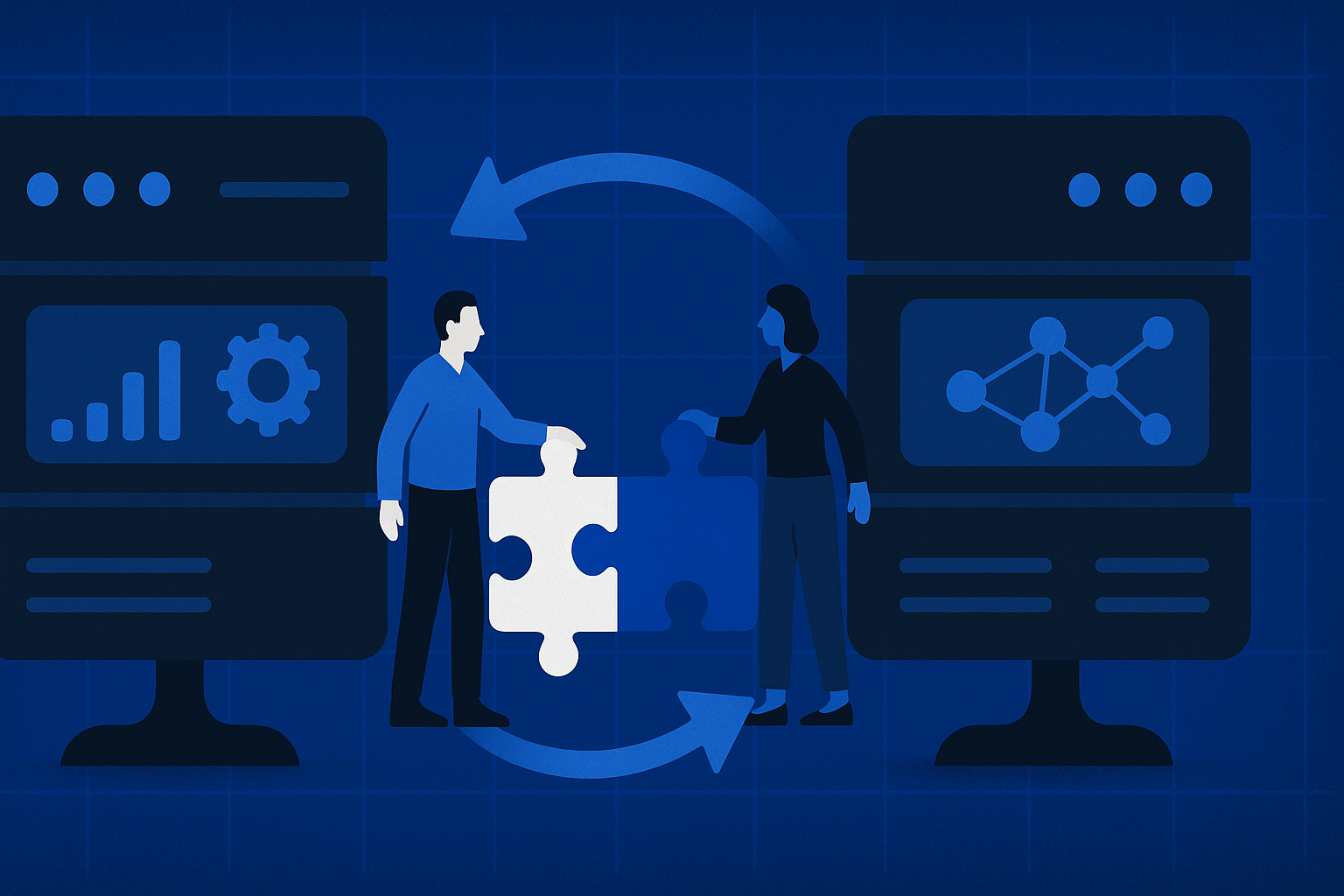DataOps and MLOps: Two Pillars of Modern Data Strategy
In the data-driven enterprise, the terms DataOps and MLOps represent two essential operational philosophies. Each plays a critical role in how organizations collect, manage, and activate data, yet they originate from different priorities within the data lifecycle.
DataOps focuses on the flow and reliability of data itself. It emphasizes pipeline automation, version control, testing, and monitoring to ensure clean, timely, and accessible data. Often drawing from DevOps practices, DataOps supports analytics and business intelligence by maintaining trusted datasets across departments.
MLOps, on the other hand, centers around the deployment and management of machine learning models. It brings structure to a process that involves experimentation, training, deployment, and monitoring of models in production. MLOps ensure that models are repeatable, reproducible, and scalable.
Together, these disciplines respond to the increasing pressure on organizations to use data not only for reporting but for intelligent decision making. While their roles differ, they often operate in proximity, influencing one another across the value chain.
Where Pipelines Meet: The Converging Functions of DataOps and MLOps
In modern data infrastructure, DataOps and MLOps often intersect at several operational layers. Both practices rely on pipelines; DataOps to manage data flow, and MLOps to prepare and deliver machine learning outputs. This shared dependency creates natural touchpoints where collaboration becomes essential.
Data engineers implementing DataOps ensure that data is accurate, traceable, and accessible in real time. These efforts create a foundation for MLOps teams, who then use that data to train, validate, and deploy models. Without solid data pipelines, model accuracy and performance can quickly degrade.
At the same time, the deployment of machine learning models feeds back into the data ecosystem. Predictions, classifications, and recommendations become part of new data streams, which are then captured, evaluated, and stored. The interaction between model output and data pipelines reinforces the need for operational alignment.
Tools and workflows increasingly support this convergence. Shared versioning systems, containerization, and CI/CD pipelines create integrated environments where both disciplines operate side by side. The closer the collaboration, the more agile and resilient the data systems become.
The Leadership Perspective: Aligning DataOps and MLOps to Business Goals
For executives and strategists, the alignment of DataOps and MLOps is not just a technical concern. It is a business imperative. These functions support analytics, personalization, market segmentation, and forecasting core components of any data-driven decision making process.
When these disciplines operate in isolation, inefficiencies emerge. Leadership may encounter delayed insights, inconsistent metrics, or models that do not reflect current market data. Such misalignment can weaken strategic initiatives, especially in marketing and product innovation.
To address this, organizations must treat DataOps and MLOps as extensions of business strategy rather than back-end support. CEOs and CMOs benefit from understanding how data flows into models and how models return value to the business. Market researchers also rely on coordinated workflows to ensure that insights are both timely and credible.
Governance frameworks play a key role. By establishing shared goals, synchronized release cycles, and unified quality controls, leaders can ensure that teams are not duplicating effort or chasing separate objectives. Investments in platform architecture and cross-functional training further reinforce integration.
Ultimately, leaders who recognize the operational and strategic value of these practices will be better equipped to respond to change, leverage data assets, and drive innovation across the organization.
Case Study – Netflix: DataOps Fuels the Engine, MLOps Drives the Experience
Netflix stands as a powerful example of how DataOps and MLOps can operate in tandem to support both operational excellence and customer experience. With a global audience and a content library tailored to regional tastes, Netflix depends on robust data pipelines and advanced machine learning to scale effectively.
At the infrastructure level, Netflix’s DataOps capabilities manage an immense volume of real-time data. This includes viewing behavior, device types, network conditions, and interaction patterns. The engineering team ensures this data is accurate, timely, and securely delivered to downstream systems. Monitoring, versioning, and automated testing are embedded throughout the pipeline to guarantee continuity and trust.
This foundation allows MLOps teams to develop and deploy machine learning models that personalize content recommendations, optimize video quality, and predict viewer engagement. Netflix’s renowned recommendation engine, for instance, uses contextual signals and user history to tailor the home screen in real time. These models are trained on diverse datasets and deployed at scale using tools that automate retraining and rollback in case of drift.
What sets Netflix apart is the operational coherence between these two functions. DataOps ensures model inputs are consistent, while MLOps continuously feeds performance data back into the system. This cycle allows Netflix to maintain relevance, reduce churn, and launch targeted marketing campaigns based on predictive analytics.
The company’s success shows that when these practices are well-integrated, they become a strategic advantage rather than a technical backend.
Avoiding Redundancy: Team Structure and Process Design Tips
To prevent redundancy between DataOps and MLOps, organizations must design roles and processes with clarity. Ambiguity often arises when both teams touch the same tools or stages of the pipeline without defined responsibilities. This can lead to duplicated effort or gaps in accountability.
A practical first step is to assign ownership based on the lifecycle phase. DataOps teams should manage ingestion, transformation, and data quality, while MLOps teams focus on model lifecycle, from experimentation to deployment and monitoring. Shared tools can still be used, but workflows must define who maintains what.
Cross-functional squads can also reduce silos. Embedding MLOps specialists into data teams, or vice versa, helps reinforce shared goals. Regular syncs, shared dashboards, and joint postmortems can promote transparency and collective problem-solving.
Toolchain selection matters as well. Platforms that support modular integration rather than all in one black box, make it easier to align teams without forcing them into the same mold. Clear documentation and onboarding materials ensure that new team members understand where their responsibilities begin and end.
By focusing on structure and communication, companies can avoid the pitfalls of redundancy while preserving the strengths of each discipline.
From Collaboration to Strategic Advantage
The relationship between DataOps and MLOps should not be viewed through the lens of competition or overlap. Instead, these disciplines offer complementary strengths that, when aligned, can enhance the performance of data-driven organizations. Their integration supports faster insights, more reliable systems, and adaptive business models.
Leaders who prioritize structured collaboration between these teams position their organizations to move beyond technical execution into strategic advantage. The key lies in setting clear roles, fostering open communication, and building infrastructures that support cooperation rather than conflict.
As data becomes increasingly central to innovation, the ability to synchronize DataOps and MLOps will become a defining factor in organizational agility and long-term value creation.
Ressources :
- How Netflix masters DevOps and MLOps integration – Simform
- Breaking silos: Unifying DevOps and MLOps – TechRadar
- The 10 key pillars of MLOps with company examples – HackerNoon
- DataOps engineering explained with Netflix examples – CDO Magazine
- Digital Analytics Insights – H-in-Q: https://h-in-q.com/analytics/



